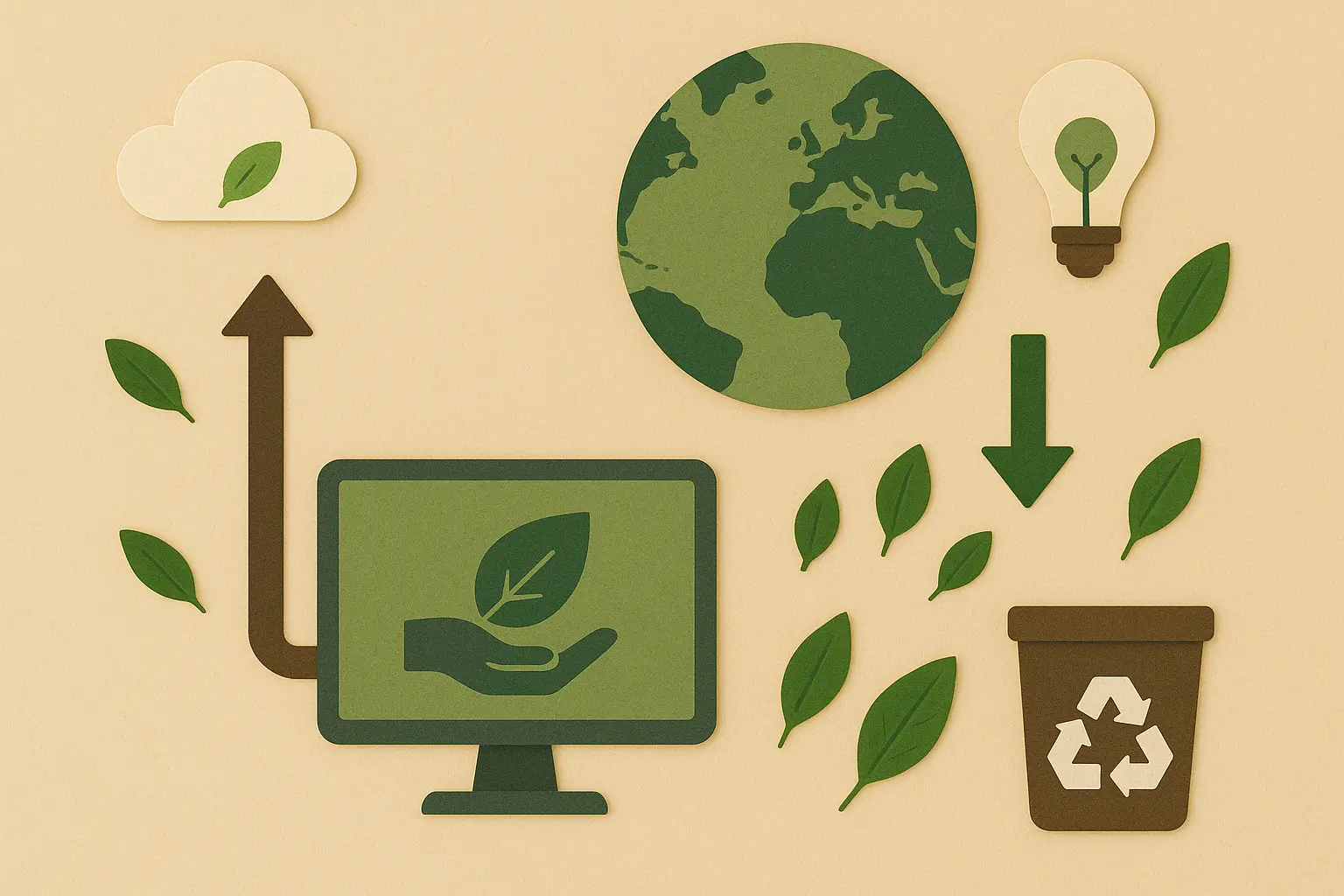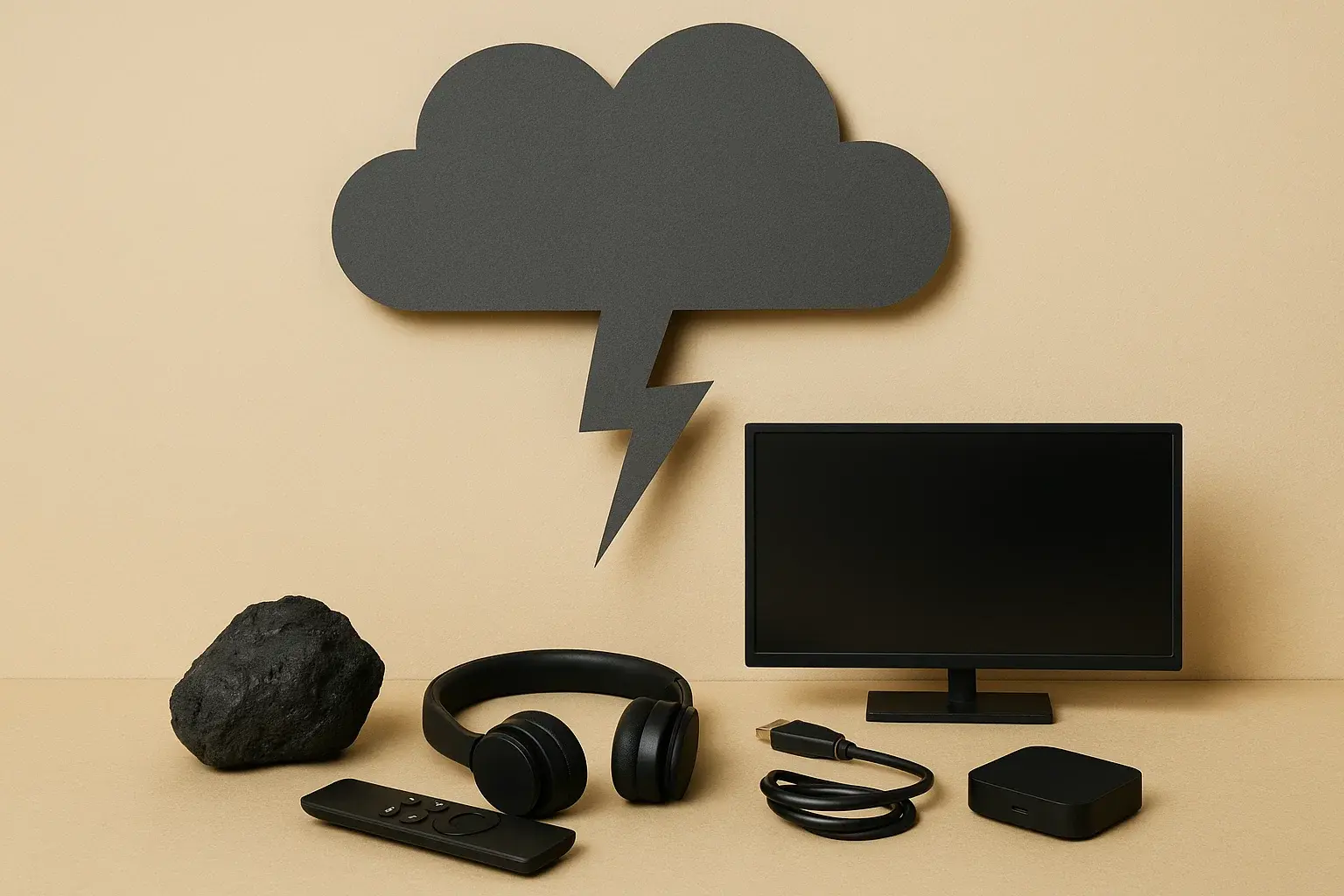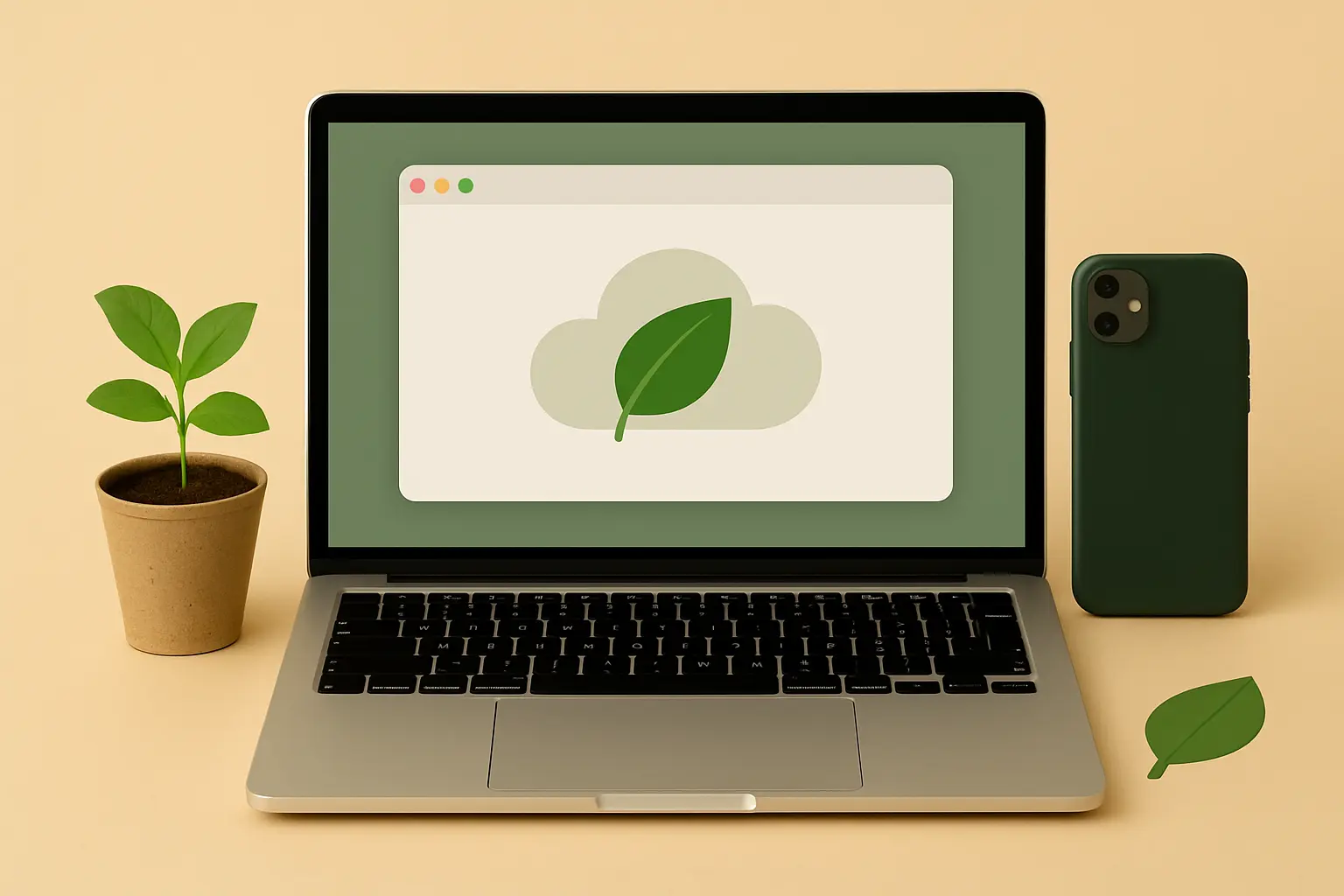Byte by Byte, Lessening the Load: Practical Ways to Reduce Your Digital Carbon Footprint

In our increasingly interconnected world, our digital lives have become as integral as our physical ones. We communicate, work, learn, and entertain ourselves through a vast network of devices and online platforms. While seemingly intangible, this digital realm has a significant physical footprint, contributing to greenhouse gas emissions through the energy required to power our devices, transmit data, and maintain massive data centers. Understanding and reducing our digital carbon footprint is a crucial step towards a more sustainable existence in the 21st century.
This exploration delves into practical advice and actionable tips for minimizing the environmental impact of your digital activities. We will explore various aspects of your online life, from email habits and streaming choices to device management and cloud storage, offering insights that will educate, encourage, and inspire you to adopt more sustainable digital practices. By making conscious choices in our virtual world, we can collectively lessen the load on our planet's resources.
Understanding the Hidden Energy Consumption of Our Digital Lives
Before diving into solutions, it's essential to grasp where the digital carbon footprint originates:
- Device Manufacturing: The production of our smartphones, laptops, tablets, and other gadgets requires significant energy for mining raw materials, manufacturing components, and assembling the final products. This process also contributes to e-waste when devices are discarded.
- Data Transmission: Every email sent, every website visited, every video streamed requires data to travel across vast networks of servers and infrastructure. This transmission consumes considerable energy.
- Data Centers: The backbone of the internet, data centers are enormous facilities housing countless servers that store and process digital information. These centers require massive amounts of electricity for operation and cooling.
- Cloud Storage: Storing our photos, videos, and documents in the cloud isn't a weightless act. It utilizes the infrastructure of data centers, contributing to their overall energy consumption.
Practical Steps to Shrink Your Digital Footprint
Now, let's explore tangible ways you can reduce the environmental impact of your digital habits:
1. Mindful Email Management
- Unsubscribe Ruthlessly: Regularly unsubscribe from newsletters and mailing lists you no longer read. Fewer emails mean less data storage and transmission.
- Think Before You CC/BCC: Only include recipients who genuinely need to be part of the conversation. Avoid unnecessary mass emails.
- Reduce Attachments: Instead of attaching large files, consider sharing links to cloud-based documents or compressing files before sending.
- Clean Out Your Inbox and Sent Items: Periodically delete old and irrelevant emails to reduce the amount of data stored on servers.
2. Conscious Streaming Habits
- Lower Video Quality: When streaming videos, especially on smaller screens, opt for lower resolutions (e.g., 480p or 720p instead of 1080p or 4K) to reduce data usage.
- Use Wi-Fi Instead of Cellular Data: Wi-Fi connections generally have a lower energy footprint per unit of data transferred compared to cellular networks.
- Download Instead of Stream Repeatedly: If you plan to watch a video or listen to music multiple times, download it once instead of streaming it repeatedly.
- Limit Autoplay: Disable autoplay features on social media and streaming platforms to prevent unnecessary data loading.
3. Smart Device Usage and Lifespan
- Extend Device Lifespan: Take good care of your devices to prolong their usability. Consider repairs instead of immediate replacements.
- Resist the Urge to Upgrade Constantly: The manufacturing of new devices has a significant environmental impact. Only upgrade when your current device no longer meets your essential needs.
- Adjust Screen Brightness: Lowering your screen brightness can significantly reduce your device's energy consumption.
- Turn Off Unused Features: Disable features like Bluetooth, Wi-Fi, and GPS when you're not actively using them.
- Power Down Devices Fully: When you're not using a device for an extended period, fully power it down instead of leaving it in sleep or standby mode.
4. Sustainable Cloud Storage Practices
- Declutter Your Cloud: Regularly review your cloud storage and delete files you no longer need.
- Optimize File Sizes: Compress large photos and videos before uploading them to the cloud.
- Consider Local Storage: For frequently accessed files, consider storing them locally on your device instead of solely relying on the cloud.
5. Mindful Browsing Habits
- Use Energy-Efficient Browsers and Search Engines: Some browsers and search engines are designed with energy efficiency in mind. Research and consider switching to more eco-conscious options.
- Bookmark Frequently Visited Sites: Instead of repeatedly searching for websites, bookmark them for quicker access and reduced data usage.
- Avoid Loading Heavy Websites Unnecessarily: Be mindful of visiting websites with excessive auto-playing videos or large, unoptimized images if you don't need the information they provide.
- Use Reader Mode: Many browsers offer a "reader mode" that strips away unnecessary elements from web pages, reducing data usage and making reading more efficient.
6. Conscious Social Media Engagement
- Limit Scrolling Time: Be mindful of how much time you spend scrolling through social media feeds, as this constant loading of new content consumes energy.
- Avoid Sharing Large, Unnecessary Files: Think twice before sharing large photos or videos on social media if a smaller version or text-based communication would suffice.
The Collective Impact of Small Digital Shifts
While individual actions may seem insignificant in the face of global energy consumption, the collective impact of many individuals adopting these mindful digital habits can be substantial. By consciously reducing our digital carbon footprint, we contribute to a lower overall demand for energy and resources used by the digital infrastructure. This, in turn, supports the transition towards a more sustainable and less energy-intensive digital world. Every byte we save, every device we use longer, and every unnecessary transmission we avoid contributes to a lighter load on our planet.
Related Blogs

Neutralizing Your Tech Footprint: Choosing Carbon-Neutral Tech Purchases
Support climate action by opting for carbon-neutral certified tech and offset programs.

The Silent Energy Thief: Cutting Down Idle Device Usage for a Sustainable Digital Footprint
Improve energy efficiency and extend device life by implementing power-saving settings.

The Unseen Gigabytes: Cutting Your Streaming Carbon Footprint
Reduce your digital carbon footprint by adjusting streaming quality and habits.

Swipe Right on Sustainability: How Digital Decluttering Cultivates a Greener Lifestyle
Insights on digital decluttering for a greener lifestyle in a sustainable way.

Decoding Disposal: Your Essential Guide to Responsibly Recycling E-Waste
Insights on the rise of ethical tech in a sustainable way.

Surfing Sustainably: Unveiling the World of Eco-Friendly Browsing
Insights on eco-friendly browsing in a sustainable way.
Stay in the Loop
Get tips and insights tailored to your interests — no spam, just sustainability.